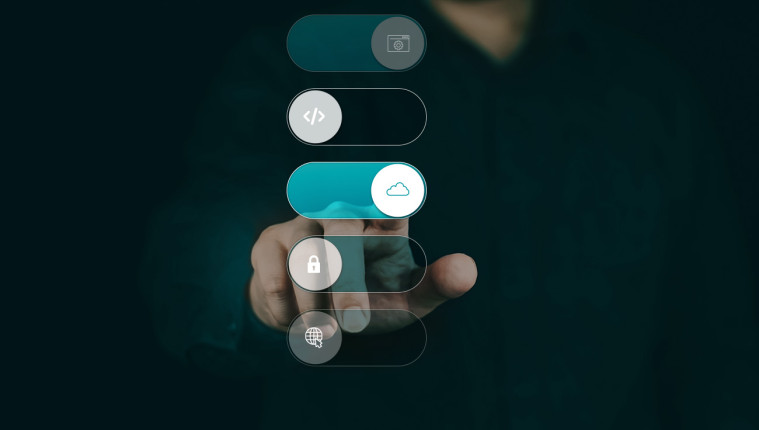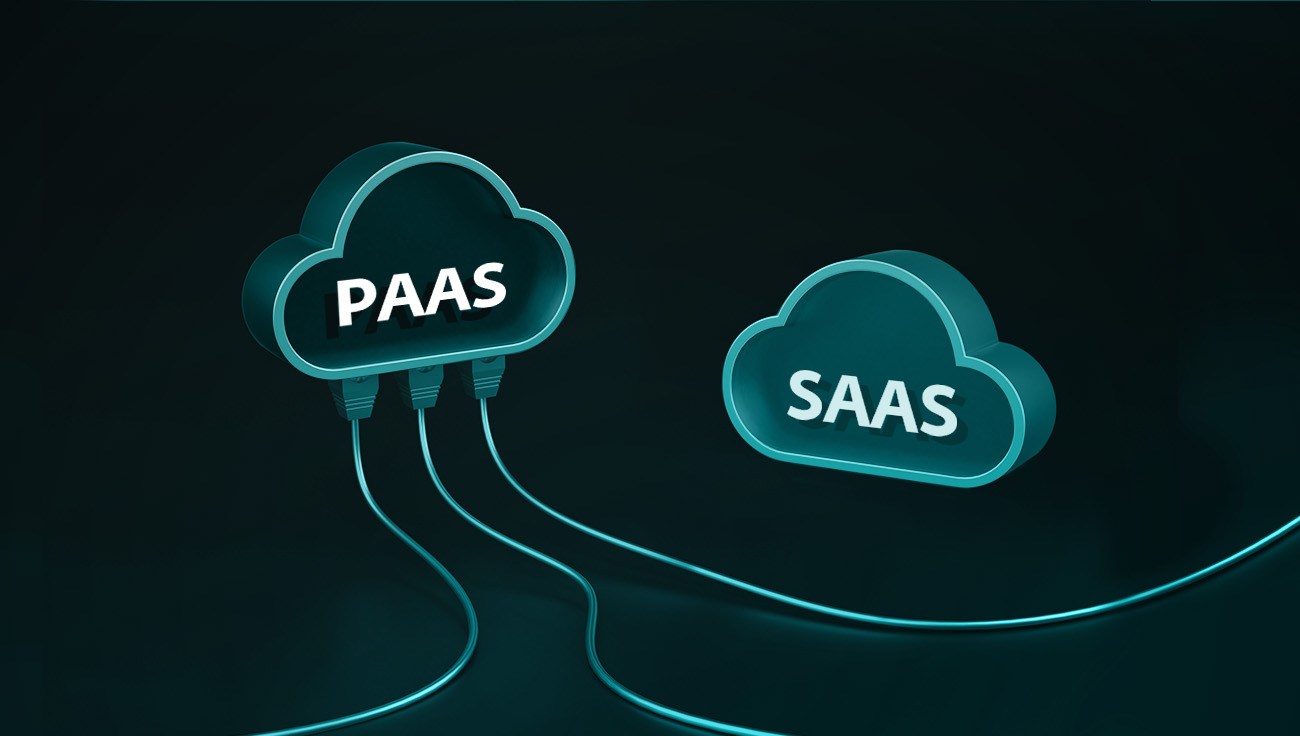In the modern business landscape, there is an ongoing trend of many so-called "as-a-service" solutions. Previously, we have explained what PaaS and SaaS are and informed you about the existence of ransomware and phishing as a service. You may also have come across terms such as WaaS (Workplace as a Service), IaaS (Infrastructure as a Service), or FaaS (Function as a Service).
Today, we are going to take a look at XaaS, which is an umbrella term for all the services named above and stands for Everything-as-a-Service.
What are the benefits of XaaS?
The biggest motivator for implementing XaaS is the associated cost savings that come with it. In essence, XaaS combines both products and services into one bundle, saving you the costs associated with having to hire a dedicated IT team, purchasing software solutions, acquiring your own servers, or building your own network. These services are usually also highly scalable and flexible, as well as developed over time with new technology trends in mind, and grow along with your business as its needs continue to change.
Another benefit is that by outsourcing to an XaaS service, you allow your company's IT to focus on other things such as innovation, building your own applications, etc.
A subscription model also eliminates the need for a large up-front investment, freeing up your resources for other business areas. This can lower your costs in the long term since you will not need to purchase new solutions anytime an upgraded version comes out. On top of that, a continuously developed service tends to use the latest version of the provider’s software, so with all the necessary apps up to date, you don’t run the risk of using outdated software, opening yourself up to potential security risks.
Beware of some possible drawbacks
It is only fair to also point out some potential drawbacks of XaaS. Firstly, there is the required internet connection dependency. So in case there is a problem on either your or the provider's side, your services will be down until the internet connection is restored. And as the service becomes more popular, there may also be a lot of traffic from your provider's other customers, and the services may slow down due to capacity and performance issues.
Secondly, because XaaS includes so many different tools and services, your company will inevitably become dependent on the provider in several areas. In the future, the provider may be acquired by another company, discontinue its service altogether, or change its terms in a way that could affect your business.
Thirdly, another potential concern is integration with your existing systems. XaaS solutions must work seamlessly with your software to not disrupt your processes, so the initial setup might create some challenges.
Finally, there may not be much room for extensive customization of the individual features. While you can easily add another service or remove one from the palette you are paying for, the details of the service will likely not be open to much customization. The provider will likely have standardized the solutions to a large extent, and customizing them to meet some of your company's specific needs may be challenging, so you may have to compromise on some features. But this depends on the provider and there might be exceptions to the rule.
Best practices to ensure data privacy when using XaaS
If you choose XaaS as a solution for your business, be aware that you are handing over all of your customer data to a third party. Since security and privacy are one of the cornerstones of your good relationship with your customers, always choose a provider that prioritizes cybersecurity and privacy and addresses them with the latest solutions and technologies available.
| BENEFITS | RISKS |
|
Cost efficiency |
Dependency on the provider |
|
No upfront investment |
Dependency on the internet |
|
Scalability and flexibility |
System integration |
|
Synergy between systems |
Security |
|
Latest software |
Not much customization |
|
Your own IT can work on different projects |
What should you pay attention to when choosing the provider?
- What is the provider’s security infrastructure?
- Which security certification does the provider have?
- Is the provider using end-to-end encryption?
- What software does the provider use?
- What checks are in place to make sure all software is up to date?
In conclusion, XaaS, or Everything-as-a-Service, presents a compelling solution for businesses seeking cost efficiency, scalability, and flexibility in their operations. However, businesses need to be aware of potential drawbacks associated with XaaS, such as dependency on internet connectivity, reliance on the provider for various services, and limited customization options.
By prioritizing cybersecurity, regularly evaluating providers, and monitoring compliance, businesses can maximize the benefits of XaaS while mitigating potential risks. Ultimately, embracing XaaS can empower organizations to adapt to evolving technology trends, enhance operational efficiency, and maintain a competitive edge in the modern business landscape.




